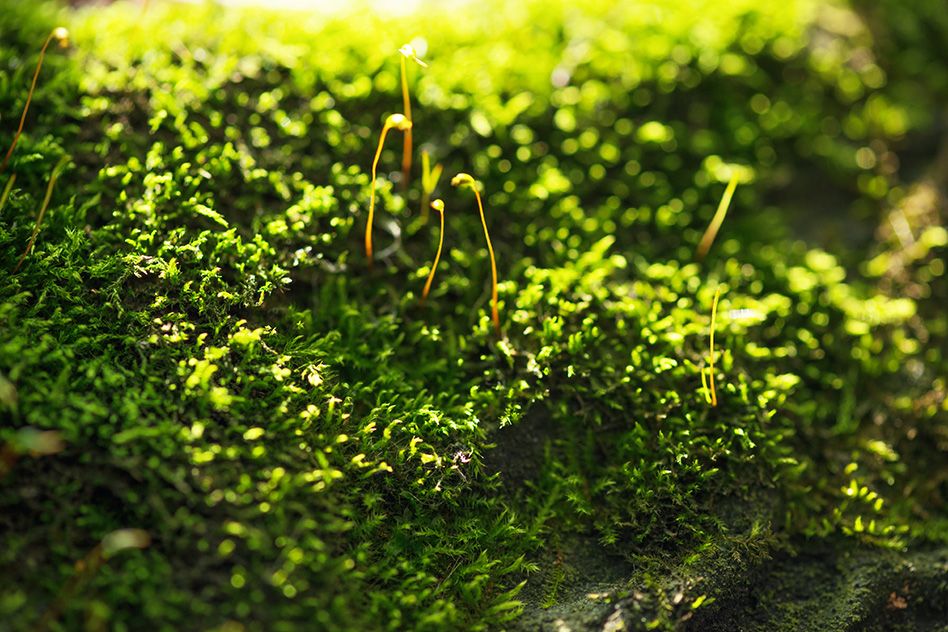Randy Holmes-Farley
Reef Chemist
View Badges
Staff member
Super Moderator
Excellence Award
Expert Contributor
Article Contributor
R2R Research
My Tank Thread
- Joined
- Sep 5, 2014
- Messages
- 67,263
- Reaction score
- 63,606
Thanks Dan. I’m not sure what was limiting growth here , but there are plenty of papers where adding N or P or both to natural seawater boost growth of various species of macroalgae. 



















